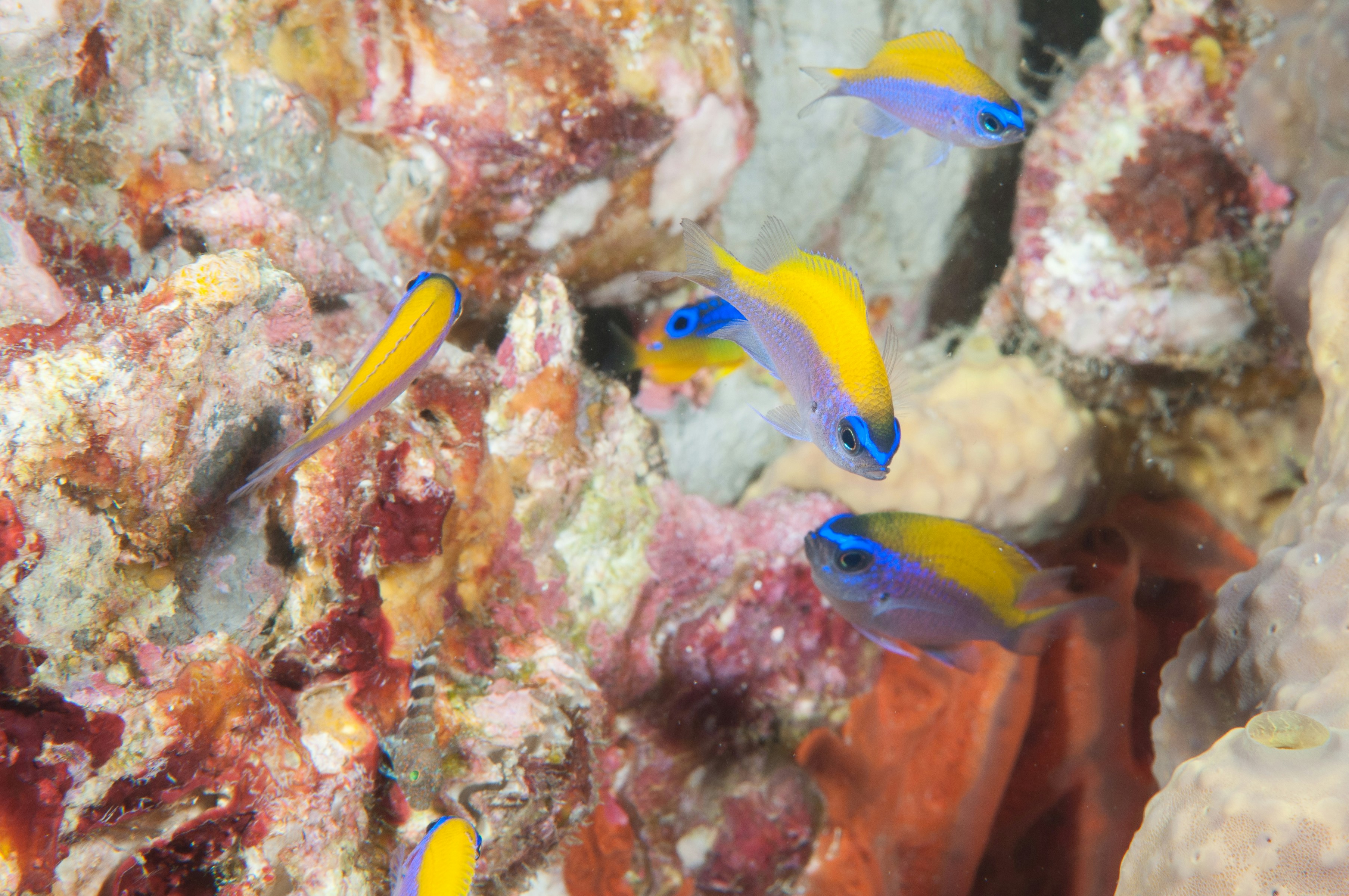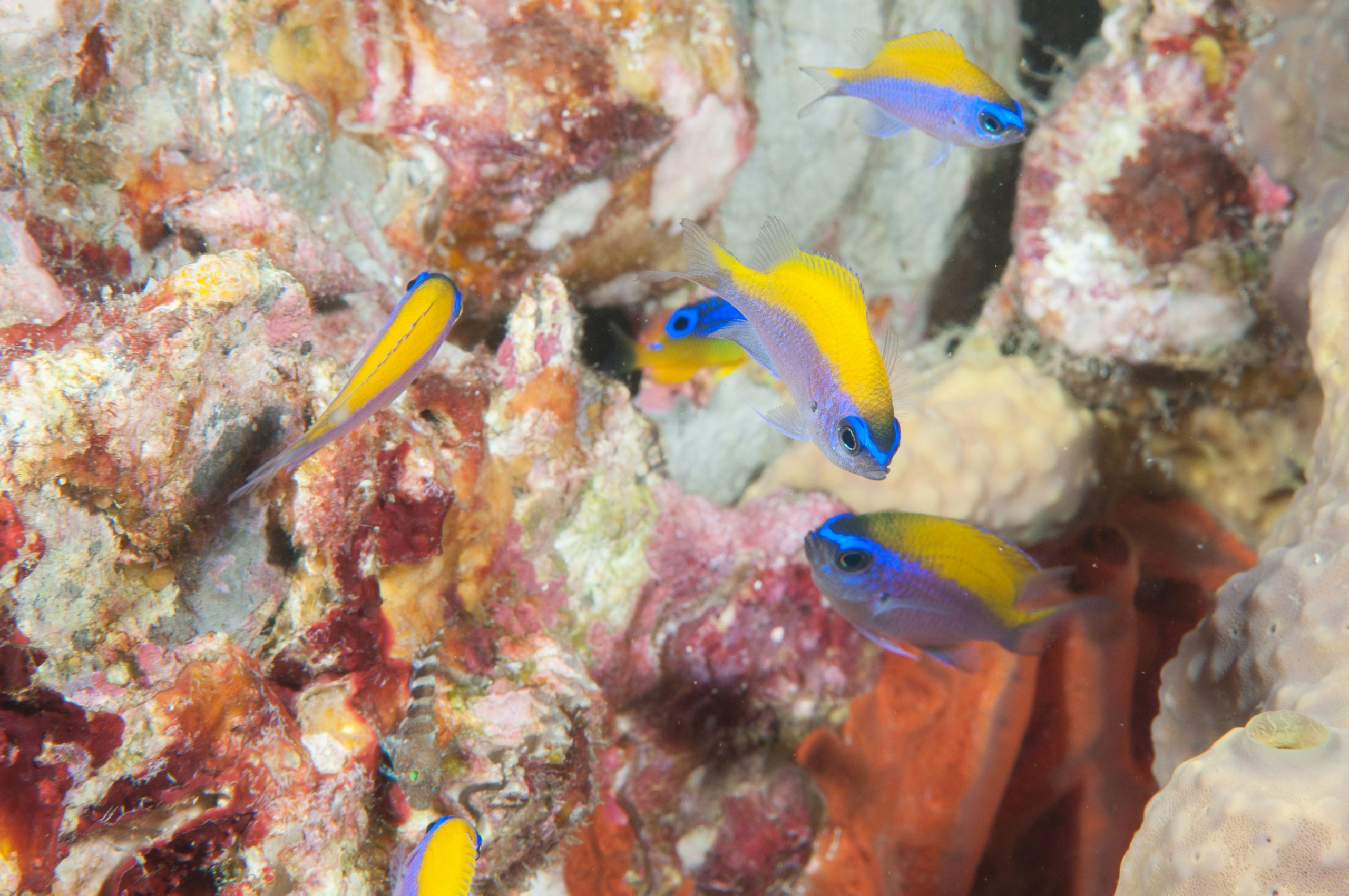How Does Recycled Sportswear Contribute to Environmental Sustainability?
Introduction to the impact of fast fashion on the environment
The fashion industry is often in the spotlight for its rapid pace and constant churn of trends, but lurking behind this glamorous facade is a harsh reality. Fast fashion has become a major contributor to environmental degradation, leading to alarming levels of waste and pollution. Each year, millions of tons of clothing end up in landfills, while the production processes continue to drain natural resources at an unsustainable rate.
Enter recycled sportswear—a shining beacon of hope amid this chaos. This innovative approach not only embraces style and functionality but also champions sustainability. By transforming discarded materials into high-performance activewear, brands are paving the way for a greener future. Let’s dive deeper into how recycling sportswear plays a crucial role in combating fast fashion’s impact on our planet and what it means for conscious consumers everywhere.
Definition of recycled sportswear and its benefits
Recycled sportswear refers to athletic clothing made from materials that have been repurposed, often sourced from discarded textiles or plastic waste. This innovative approach transforms what would typically end up in landfills into functional and stylish apparel.
One of the standout benefits is its reduced environmental impact. By utilizing existing materials, recycled sportswear helps conserve resources like water and energy, which are heavily consumed during traditional fabric production.
Additionally, this type of sportswear promotes a circular economy. It encourages consumers to think about the lifecycle of their clothing and inspires brands to commit to more sustainable practices.
Moreover, many recycled fabrics possess excellent performance qualities—such as moisture-wicking and breathability—making them ideal for athletes who care about both functionality and sustainability. Embracing recycled options means making an active choice toward protecting our planet while still enjoying high-quality gear.
The process of recycling sportswear
Recycling sportswear involves several distinct steps that transform old garments into new materials. The journey begins with collecting used athletic apparel, often through dedicated recycling programs or drop-off bins at retailers.
Once gathered, the clothing is sorted based on fabric types. This step is crucial as different materials require specific processing techniques.
After sorting, textiles are shredded into small pieces. This process breaks them down Recycle sportswear and prepares them for the next stage: cleaning. Any contaminants like dirt or logos must be removed to ensure high-quality recycled fibers.
Next comes the spinning of these fibers into yarns, which can then be woven or knitted into fresh fabrics. Brands creatively design new sportswear from this regenerated material, breathing life back into what was once considered waste.
This innovative cycle helps reduce landfill contributions while promoting a more sustainable fashion industry.
Examples of brands using recycled materials in their sportswear

Several innovative brands are leading the way in using recycled materials for sportswear. Patagonia is a pioneer, incorporating recycled polyester made from plastic bottles into their activewear lines.
Adidas has also embraced sustainability with its Parley collection. This range features shoes and apparel crafted from ocean plastic waste, proving that style can go hand in hand with environmental responsibility.
Nike takes it a step further by utilizing its Regrind program, which recycles leftover fabric scraps into new products. Their Move to Zero initiative aims to achieve zero waste across their operations.
Even newer entrants like Rapa Nui focus on circular fashion principles by creating clothing that can be easily returned and reused.
These brands not only reduce landfill contributions but also inspire consumers to rethink how they perceive performance wear. The shift towards sustainable practices highlights an exciting trend within the sports industry.
Environmental impact comparison between traditional and recycled sportswear production
The environmental impact of traditional sportswear production is significant. It relies heavily on virgin materials, leading to increased resource extraction and energy consumption. This process emits a substantial amount of greenhouse gases.
In contrast, recycled sportswear utilizes existing materials, effectively reducing waste. By transforming plastic bottles or discarded textiles into high-performance fabrics, brands can minimize their carbon footprint.
Water usage also tells a stark story. Traditional methods require vast amounts for dyeing and processing new fibers. Recycled options often demand less water since they bypass some of these stages entirely.
Chemical pollution is another concern with conventional manufacturing. Toxic dyes and treatments frequently contaminate local waterways. On the other hand, many recycled sportswear initiatives focus on more sustainable practices that limit harmful chemicals in production processes.
These differences highlight the urgent need for consumers to consider their choices while shopping for athletic wear.
How consumers can support sustainability through their purchasing habits
Consumers hold significant power in shaping the fashion industry, especially when it comes to sustainability. By choosing recycled sportswear, individuals can directly impact environmental practices.
It’s essential to research brands and their materials. Look for labels that prioritize eco-friendly production methods and use recycled fabrics. This helps create demand for sustainable options.
Additionally, consider buying second-hand or vintage sportswear. Thrifting not only reduces waste but also encourages a circular economy.
Supporting companies with transparent supply chains is crucial as well. When brands showcase their commitment to sustainability, they deserve recognition.
Spreading awareness about the importance of recycling sportswear amplifies the message. Engaging friends and family creates a community focused on sustainable living choices.
Challenges and future potential for recycled sportswear in the fashion industry

Recycled sportswear faces several challenges that hinder its widespread adoption. One major hurdle is the perception sportswear wholesale of quality. Consumers often associate recycled materials with inferior performance, which can deter them from making a purchase.
Another challenge lies in the technology behind recycling processes. Not all fabrics can be easily transformed into new products, and many recycling methods are energy-intensive, undermining their sustainability claims.
Despite these obstacles, there’s significant potential for innovation in this sector. Brands are investing in research to develop better recycling technologies and improve fabric blends that enhance durability without compromising environmental goals.
Consumer demand for eco-friendly options continues to rise, providing brands an opportunity to market recycled sportswear more effectively. Collaborations between companies and organizations focused on sustainability could pave the way for breakthroughs that make recycled sportswear not only viable but also fashionable and desirable.
Conclusion: The importance of choosing sustainable options in
Choosing sustainable options in fashion, particularly with recycled sportswear, is more than just a trend; it’s a necessary shift for the environment. As consumers become increasingly aware of their impact on the planet, every decision counts. By opting for brands that prioritize sustainability and utilize recycled materials, individuals can play an active role in reducing waste.
The reality is that fast fashion has left a devastating mark on our ecosystems. With millions of tons of textiles ending up in landfills each year, recycling sportswear offers a viable solution to this problem. It promotes responsible consumption while still delivering quality and style.
Moreover, supporting brands committed to eco-friendly practices encourages innovation within the industry. When consumers demand sustainable products, companies are more likely to invest in research and development for better recycling technologies and processes.
Every purchase is an opportunity to support environmental sustainability. Whether you’re hitting the gym or enjoying outdoor activities, choosing recycled sportswear not only benefits your lifestyle but also contributes positively to our planet’s health. The choice is clear: embrace sustainability through conscious consumerism and make every piece count towards a greener future.








